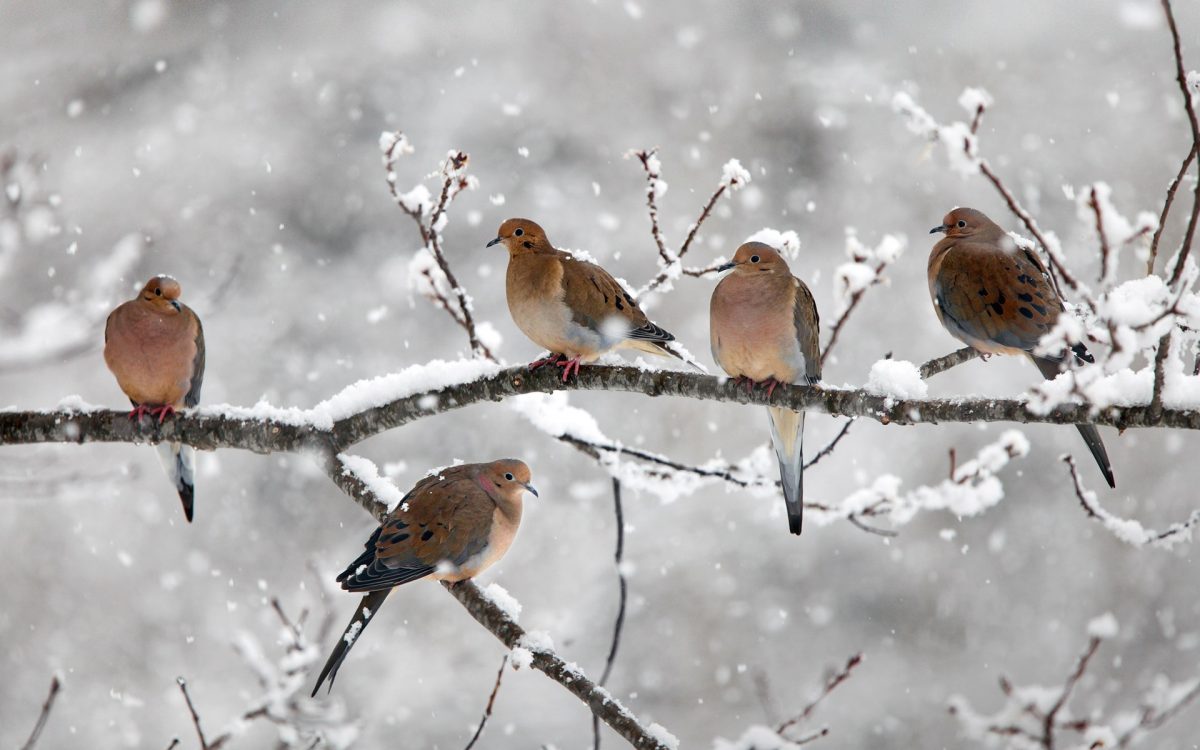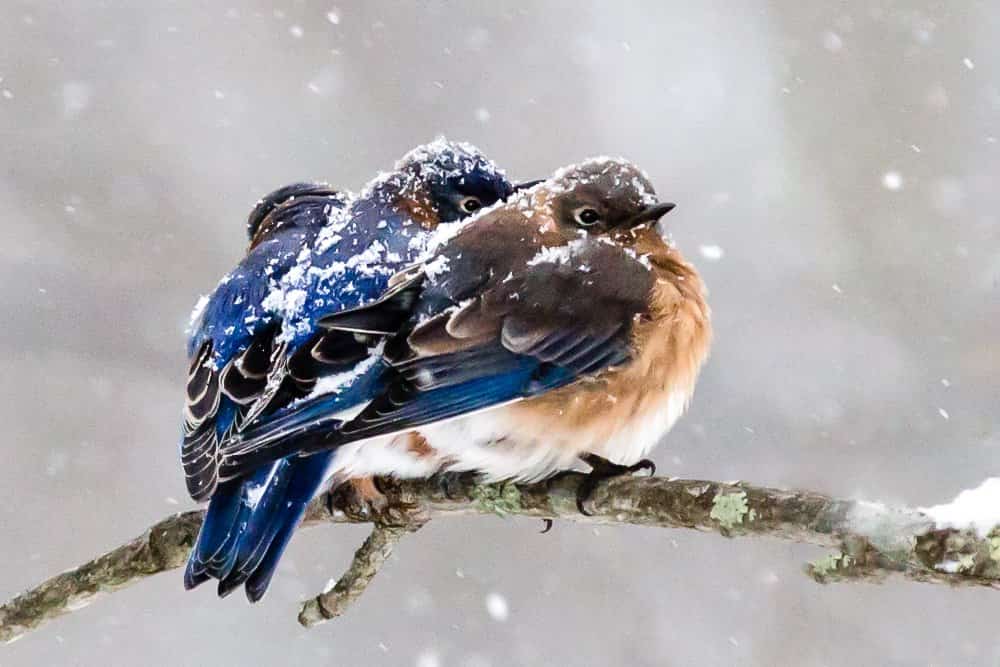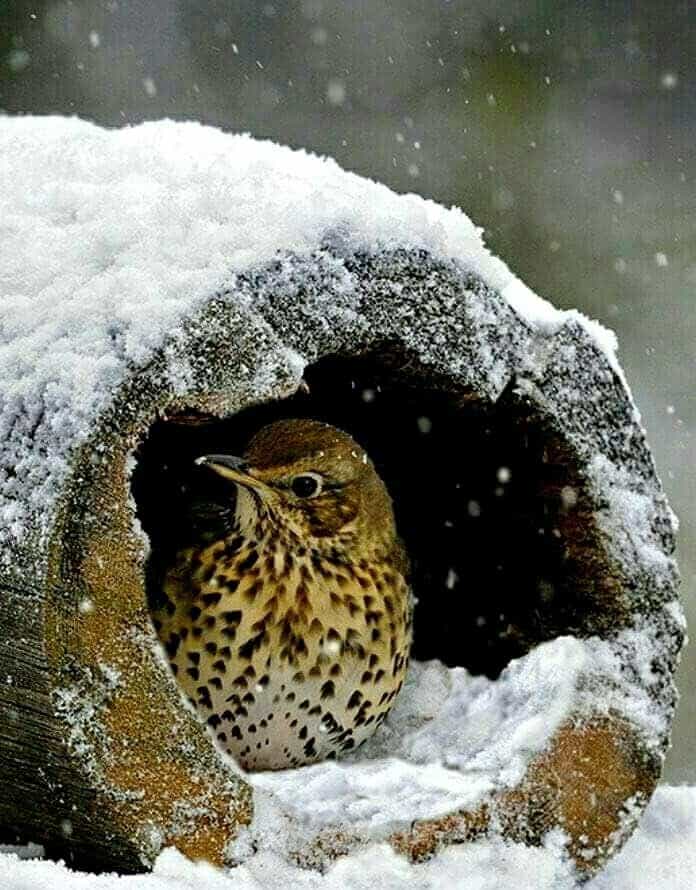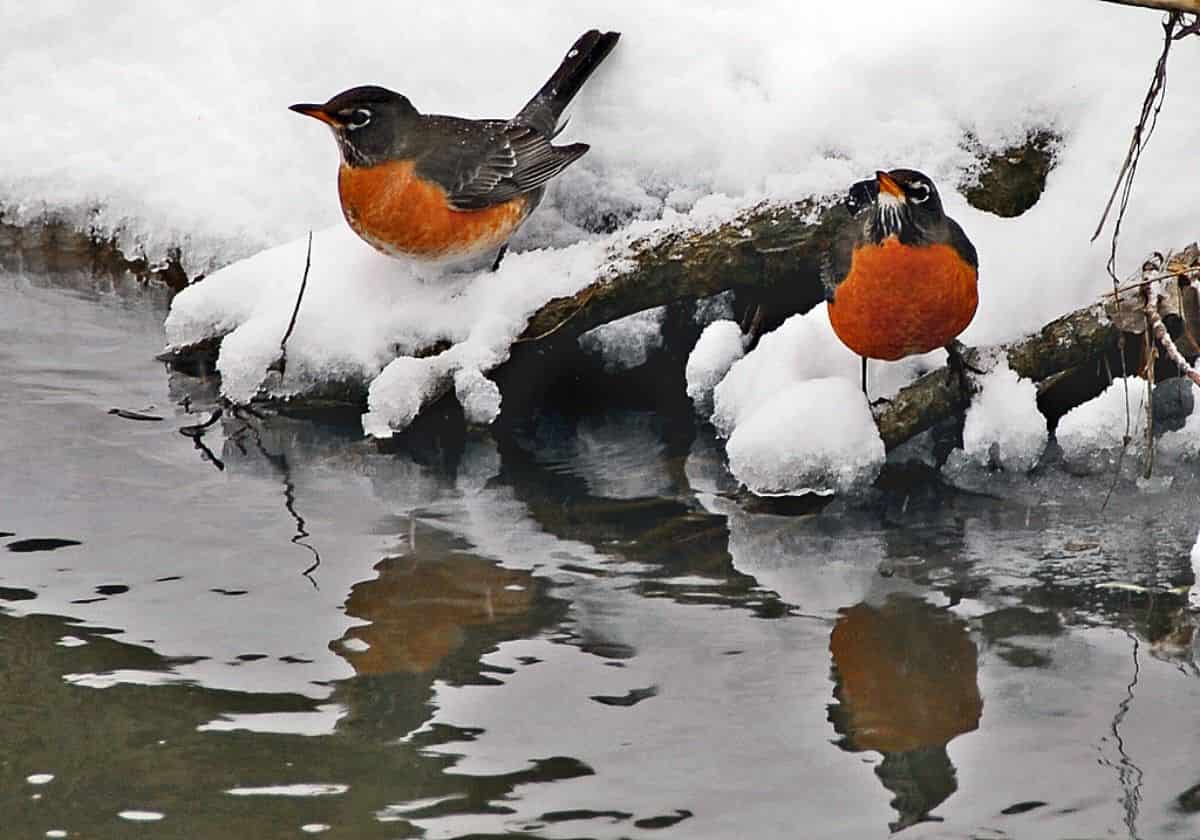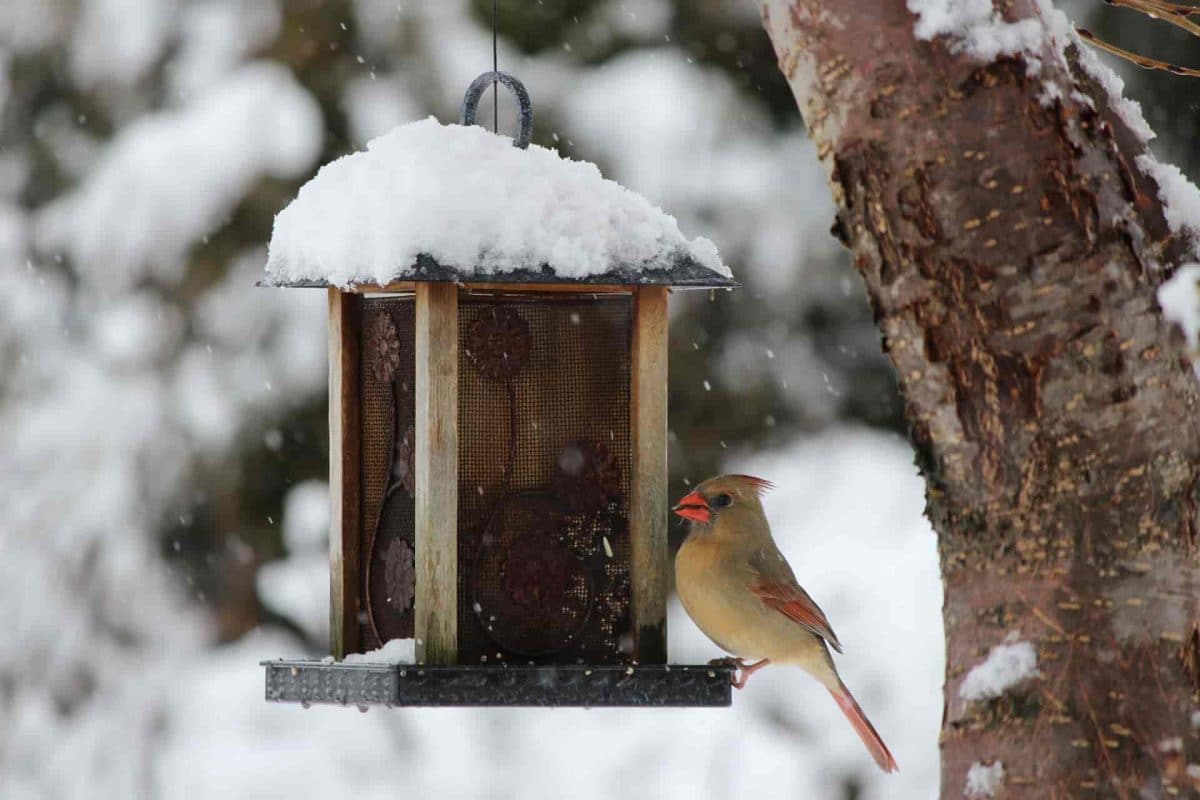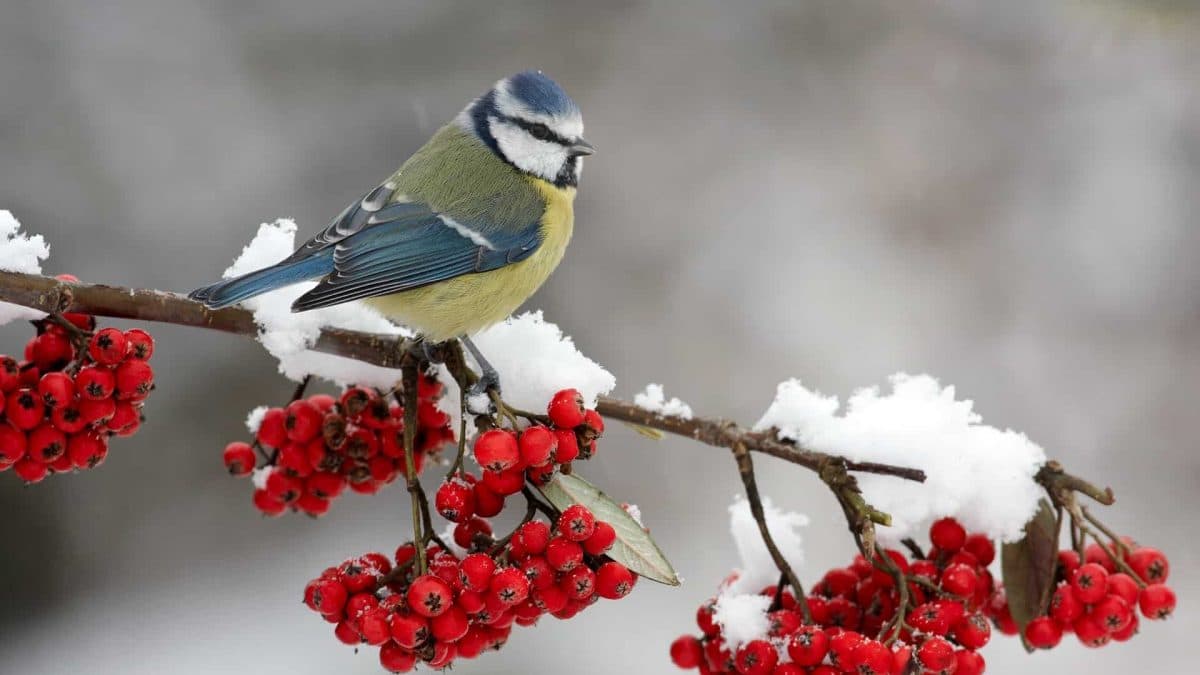Birds have a very special way of getting through the winter. That’s how they do something with their paws. Food is harder for birds to find in winter. That is why supplementation is very important. In addition,
Birds in winter lose 10 percent of their body weight at -10 degrees.
Humans can then help those poor animals by feeding them. But then it is impossible to put on socks because people probably wonder whether birds also get cold feet in the winter. The bird system works very specially in the cold and many people probably don’t know that. The question is how birds survive a harsh winter.
Reading Suggestions: Unisex Bird Names
Don’t birds get cold feet in winter?
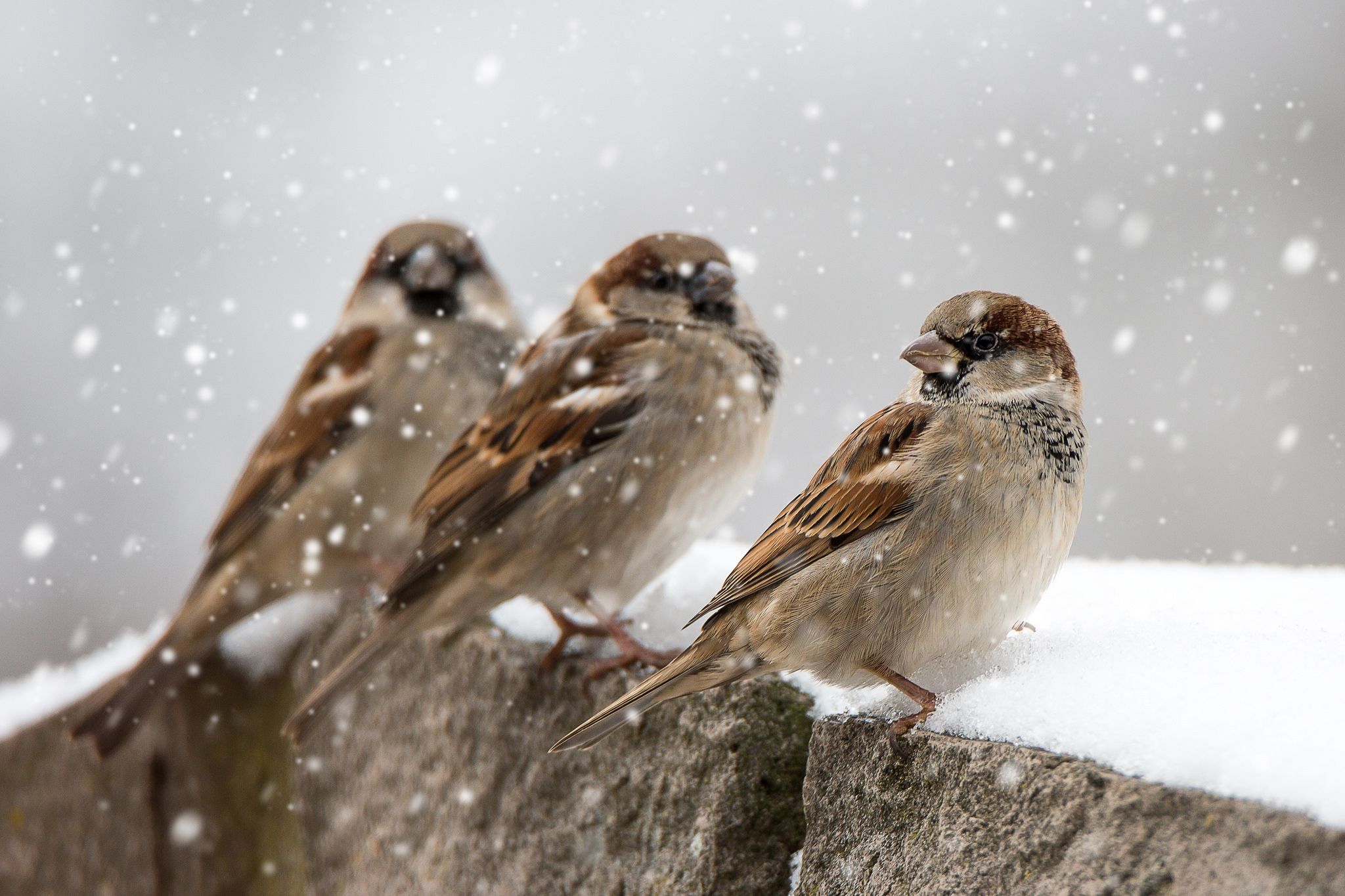
Although birds often stand with their bare feet on the ice and in the snow, they rarely get cold feet. This is because they can do something special when it is cold. They can regulate the temperature in their paws. As a result, their feet remain a few degrees higher than the temperature of the environment in which they reside. This is enough heat to keep their paws from freezing to ice or snow.
The oral cavity regulates the temperature of birds
Birds don’t have sweat glands. The body heat of a bird is regulated, but then via other parts of the bird’s body. Especially the oral cavity and the parts of their body that are not feathered regulate their body temperature. That their legs do not get too hot or too cold is because a countercurrent is kept going, which is also called a miracle net.
In addition, the warm blood from the artery then comes from the body, very close to the cold blood that comes from the common veins. This venous blood goes back to the heart. This system ensures that the warm blood flow transfers the heat to the vein that pumps the blood back.
As a result, the blood in the artery loses some of the heat before the blood ends up in the legs. In this way, the body retains the most heat, but the legs do not freeze.
Vein moves in a bird’s leg
Even more striking is that the vein that allows the blood to return in the winter is located elsewhere than in the summer. In winter, it is in the center of the bird’s foot. In this way, little heat is lost. In the summer, that vein goes to the skin of the leg,
so that the heat that the body does not need is quickly removed. In winter, the blood vessels in the skin of the legs narrow even more and that also ensures that the heat remains in the body itself.
Sometimes ducks and seagulls freeze in the ice
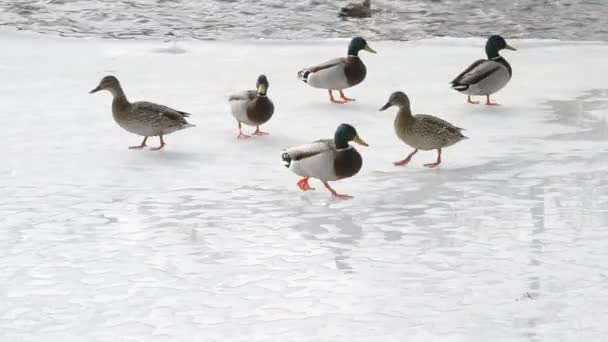
However, it sometimes happens that centuries and seagulls still freeze. This can happen if they stay on the ice for too long. To prevent this, they often lie on their stomach and pull their legs up and place them between the feathers of their abdomen.
The shell of the feathers can protect better than the legs themselves. When it is extremely cold, the blood vessels of birds contract so that very little blood flows through the legs. This way they do not freeze and enough oxygen continues to flow through them to prevent them from dying.
Reading Suggestion: 300 Australian Parrot Names
Birds in winter also need additional food
Severe frost is not easy for birds in winter. If it is minus 10 degrees or more, birds just lose 10 percent of their body weight. The problem is that they often can’t get food during the day because it is all hidden under the snow and ice. And that is a problem because that way they can no longer eat that body weight.
Human supplementation is therefore very important. In such extreme conditions, birds also migrate to areas where food is easier to find, for example in villages or towns.
What to feed birds in winter?

Feeding is very important for birds in winter. But they also need extra food after the winter, because they are often very weakened after such a winter period. In addition, in that period in the run-up to winter, they need extra energy to build a nest and to breed.
Related: 7 Best Hummingbird Feeders You Need in 2021
To provide supplementary food in the form of:
- Peanut garlands (but peanuts that have already been shelled)
- fat balls
- Birdseed
- Fruits such as raisins and currants
Local winter birds
winter birds in PA
There are many winter birds in PA like some of them are listed below
- Dark-eyed junco
- Mourning dove
- Tufted titmouse
- Black-capped chickadee
- Northern cardinal
- Downy woodpecker
- American Goldfinch
- White-breasted nuthatch
- Blue jay
- House sparrow
- House finch
- American robin
winter birds in Minnesota
There are several types of winter birds in Minnesota, the top 12 Minnesota winter birds are listed below
- Cardinal
- American Goldfinch
- Northern cardinal
- House finch
- Downy woodpecker
- Dark-eyed junco
- Woodpeckers
- Black-capped chickadee
- Purple finch
- White-breasted nuthatch
- Red-bellied woodpecker
- Blue jay
winter birds in Missouri
winter birds in Illinois
winter birds in New York
winter birds in NJ
winter birds in Massachusetts
winter birds in CT
winter birds in Maryland
winter birds in Oklahoma
winter birds in Virginia
winter birds in Nebraska
winter birds in North Dakota
winter birds in Ontario
winter birds in WV
Bird in winter images
Here are some images of birds in winter
Frequently Asked Question
Where do birds go in the winter?
Birds from the areas with extreme winter flee the northern region to overwinter.
What do birds eat in the winter?
Winter area birds need extra food after the winter. They eat
- Peanut garlands (but peanuts that have already been shelled)
- fat balls
- Birdseed
- Fruits such as raisins and currants
Where do birds sleep in the winter?
Many birds choose to sleep under niches.
How to help birds in winter?
Love and kindness are never wasted. Whether you own birds or not, you must be so kind to the winter birds. some kind steps are listed below.
- Furnish your birdhouses
- Make sure seed is accessible and dry
- Provide a windbreak
- Scatter seeds in a sheltered area
- Keep extra feeders for use in bad weather
If you want to suggest any kindness, share with us 🙂


